-
Welcome to Tacoma World!
You are currently viewing as a guest! To get full-access, you need to register for a FREE account.
As a registered member, you’ll be able to:- Participate in all Tacoma discussion topics
- Communicate privately with other Tacoma owners from around the world
- Post your own photos in our Members Gallery
- Access all special features of the site
Going Alone - Single Vehicle Wheeling & Safety
Discussion in 'Off-Roading & Trails' started by Mxpatriot, Oct 3, 2016.
Page 1 of 13
Page 1 of 13


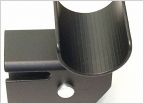 Rock Guards
Rock Guards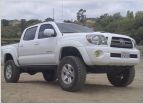 OBA - On board air - need help please
OBA - On board air - need help please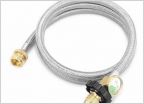 Green bottle propane vs 5lb tabk
Green bottle propane vs 5lb tabk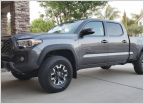 DCLB Stock Offroad Capabilities
DCLB Stock Offroad Capabilities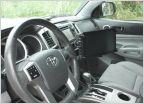 Best GPS for off roading?
Best GPS for off roading?


